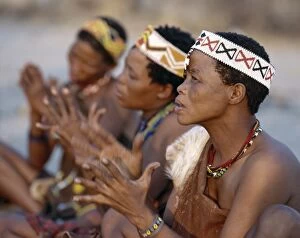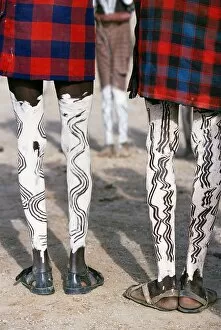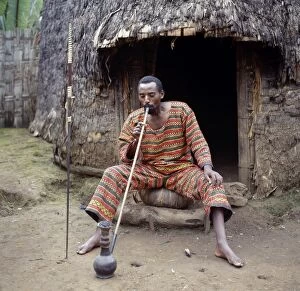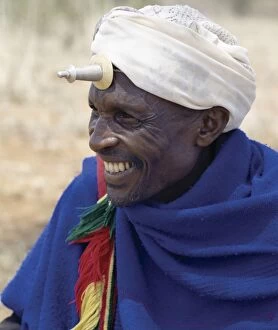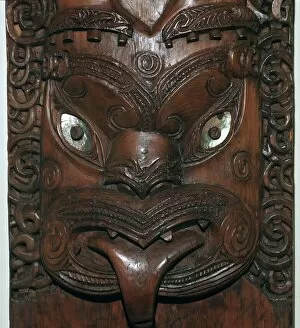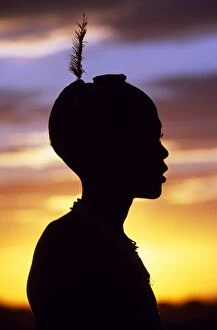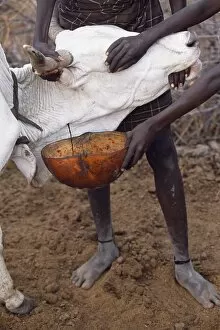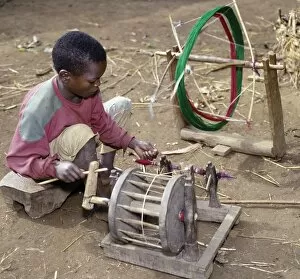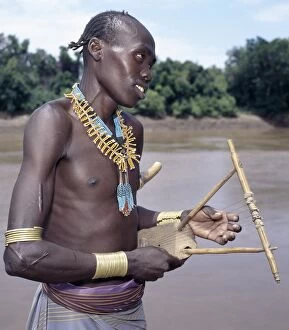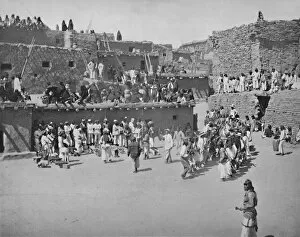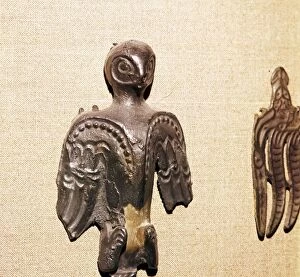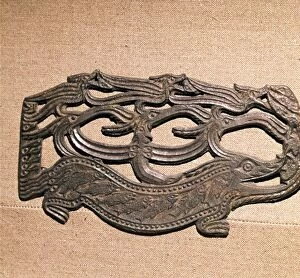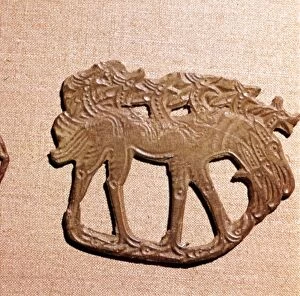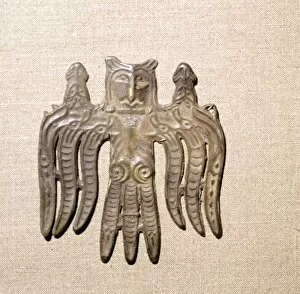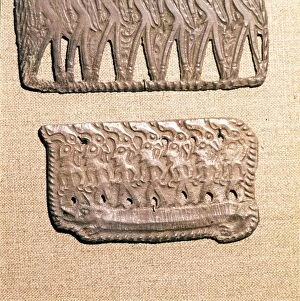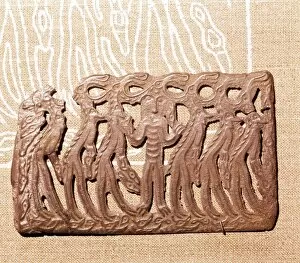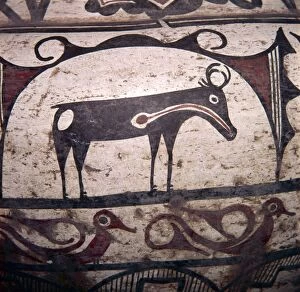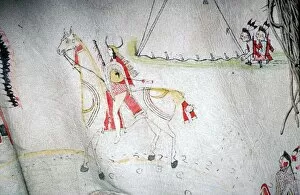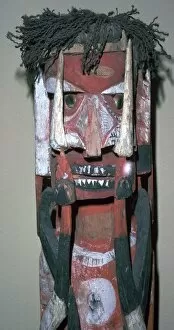Tribal Culture Collection (#9)
"Exploring the Enigmatic World of Tribal Culture: A Glimpse into Ancient Traditions" Monkey skulls embedded in mud wall to protect against evil spirits
For sale as Licensed Images
Choose your image, Select your licence and Download the media
"Exploring the Enigmatic World of Tribal Culture: A Glimpse into Ancient Traditions" Monkey skulls embedded in mud wall to protect against evil spirits: Delving into the mystical practices of tribal culture, monkey skulls are ingeniously used as a shield against malevolent forces, showcasing their deep-rooted beliefs and unique methods of spiritual protection. Dogon village of Telle: Nestled amidst breathtaking landscapes, the Dogon village of Telle stands as a testament to the resilience and rich cultural heritage preserved by this ancient tribe. Discover their captivating traditions that have withstood the test of time. Himba women's anklets - an emblematic adornment: Almost every Himba woman gracefully adorns her ankles with intricate anklets, symbolizing beauty and identity within this vibrant African tribe. Uncover the fascinating stories behind these mesmerizing accessories. Masai warriors' jumping dance in Serengeti Park: Witnessing a spectacle like no other, Masai warriors perform their awe-inspiring jumping dance in Tanzania's Serengeti Park. Immerse yourself in this electrifying display of strength, agility, and cultural significance. Kwakiutl Face-Mask from Pacific Northwest Coast Indian tribes: Journeying along North America's rugged coastline reveals remarkable artifacts such as the Kwakiutl Face-Mask—a stunning example of indigenous craftsmanship that reflects ancestral wisdom and artistic prowess. Livestock in Ruanda-Urundi during 1920-1930s Africa: Step back in time to witness pastoral scenes captured during colonial times when livestock played a vital role among communities in Ruanda-Urundi (now Rwanda-Burundi). Explore how animals shaped daily life for these African tribes. Native American Totem on Route 163, Utah USA.




